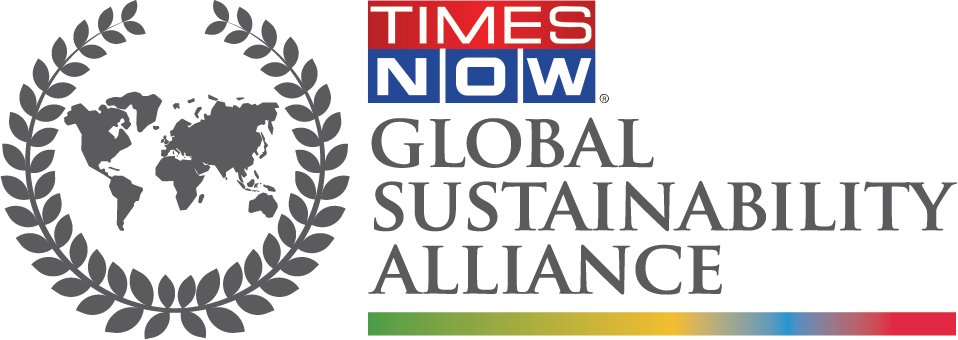Mylo™?¸ is a material innovation by Bolt Threads and is a verified vegan, sustainable, animal-free leather alternative made from mycelium – the infinitely renewable underground root system of fungi.The Stella McCartney Frayme is the world’s first bag made from Mylo™?¸ to be part of a runway show. Titled the Frayme Mylo™?¸, it was launched during the sustainable luxury pioneer’s Summer 2022 collection presentation on 4 October during Paris Fashion Week.
Stella and Bolt Threads have been partners in sustainable innovation since 2017, and the luxury house has been part of the Mylo™?¸ journey since its inception. Combining deep science with high-fashion design, the Frayme Mylo™?¸ showcases the capabilities of this next-generation material and is the first of many anticipated commercial offerings. The Frayme bag is a new Stella icon – a bold vegan style re-energising classic brand codes inspired by the iconic Falabella tote including an oversized recyclable aluminium chain strap that runs around the bag as well as a zamac statement medallion.
McCartney is part of the Mylo Consortium, that includes Adidas, Lululemon, and Kering-a major fashion group that just ditched fur and manages the development of brands such as Gucci, Saint Laurent, Bottega Veneta, Balenciaga, Alexander McQueen, and more. Last spring, Adidas released a concept Stan Smith sneaker made with Mylo that built on the athletic brand’s recent release of the vegan leather versions of its classic sneakers. Adidas also plans to make a commercial version of its mushroom leather-based Stan Smiths in coming months.
While all vegan leather beats out animal hides in terms of animal cruelty, new plant-based vegan leathers are being developed from a variety of sources to replace environmentally damaging polyurethane. Mexican entrepreneurs Adrián López Velarde and Marte Cázarez developed Desserto from cactus leaves and the innovative vegan leather is now making its way into the fashion world in the form of Fossil tote bags; a reimagined vegan version of of Karl Lagerfeld’s classic K/Kushion bag; and even as vegan leather boxing gloves by athletic brand Sanabul.
In Italy, the wine industry is getting a sustainable makeover thanks to Vegea, which makes vegan leather with its grape byproducts. This luxurious plant-based leather has been featured by several brands, including H&M which debuted a collection of shoes and handbags made with the innovative “wine leather” last year.
Luxury brand Gucci recently went deep into the world of vegan leather by creating Demetra, a new material made from wood pulp. Developed over the course of two years, Gucci’s Demetra is made from 77-percent plant-based raw materials, including wood pulp and viscose, and is tanned in the way leather would be but without animal cruelty or environmental harm. In June, Gucci released three sneaker styles (Basket, New Ace, and Rhyton) to showcase Demetra.
